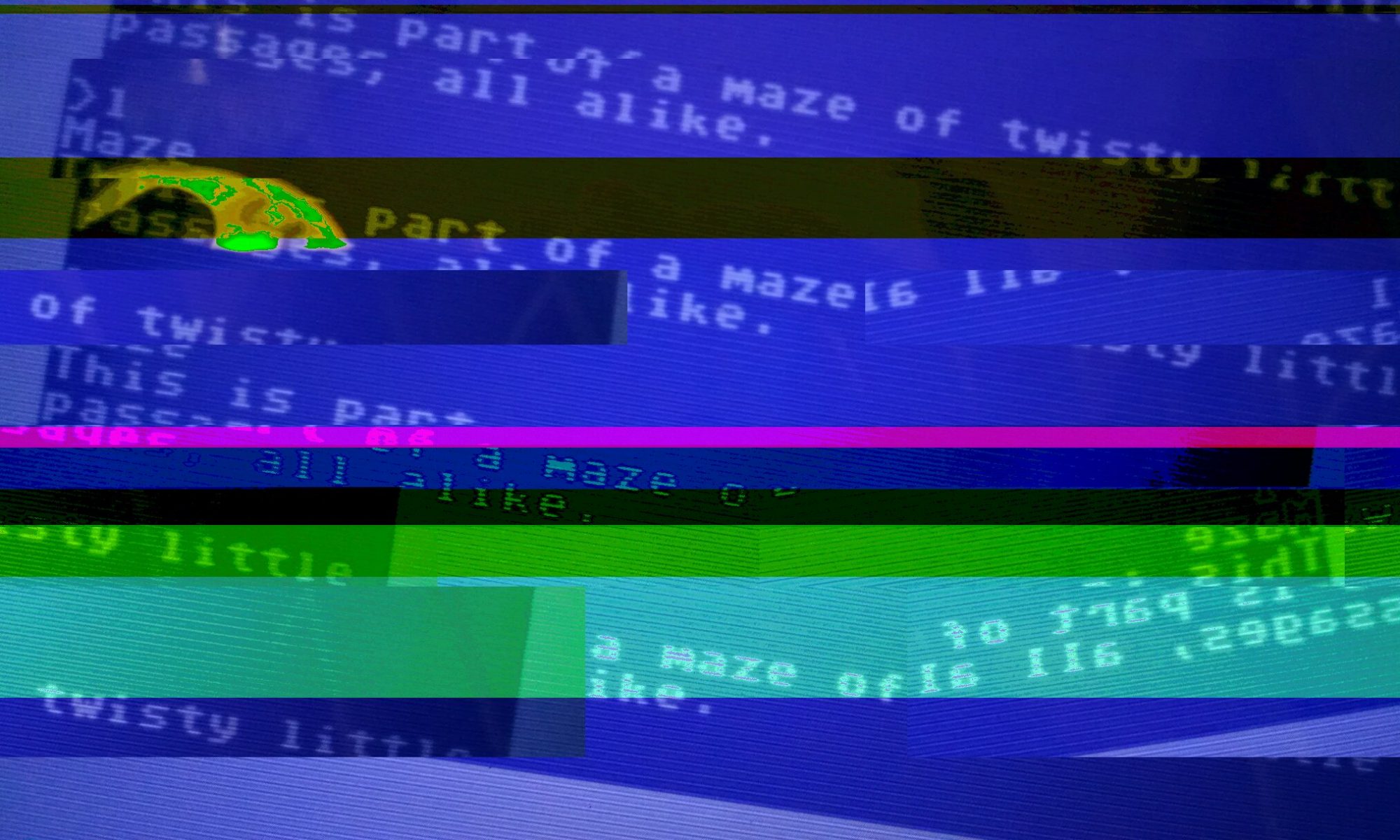Jon Bois’s work 17776 depicts one prediction of the future where much of the information is displayed as a conversation between sentient space probes such as Pioneer 9, Pioneer 10, and JUICE. These probes were not originally created to be self-aware or even capable of complex thought. Pioneer 9 was launched in 1968, well before computers had taken significant leaps forward, yet this story largely unfolds as Nine, Pioneer 9, wakes up and realizes it is capable of thought and emotion. In 17776, Jon Bois invokes the dysfunctional.
Dysfunctionality is not always bad. In the case of Nine, as well as the other probes, dysfunctionality resulted in its sentience. Having been designed to simply record data and transmit it back to Earth, the ability to ask questions becomes a significant leap forward. Additionally, communication was meant to be limited to the speed of light, hence the 257 years to relay communications between Nine and Ten. However, despite not having been outfitted with the necessary hardware, Nine becomes capable of quantum communication. This unexpected behavior could be categorized as an inadvertent dysfunctionality relative to Nine’s designers. Had they been able to, these engineers would have utilized such communication. From the perspective of Bois, this dysfunctionality is more ludic since his purposes are more playful. These tremendous achievements of human technology is paired with their development of artificial intelligence, yet they effectively become football commentators.

Brokenness as a property is not only inherent to machines. Bois also incites a sense of dysfunctionality when Nine notes that the people seem so normal, as he remembers, yet also broken. The advancement of society resulted in significant innovations in so many fields. Consequently, there were significant changes in how society functioned. To humans, slight changes in their daily routine would go unnoticed. After many changes, the beginning and ending points seem so different, yet the humans notice no change and everything is normal. Nine, on the other hand, saw only the starting point and present day. The change was abrupt and everything seemed out of place, just as one might see a washing machine in the middle of a forest. Nine’s perception of this abrupt change caused it to think human society was broken in some way, as if everyone suddenly decided to not go to work and just play football. It is rather interesting to consider how a dysfunctional space probe ponders the dysfunctionality of humans.






You must be logged in to post a comment.